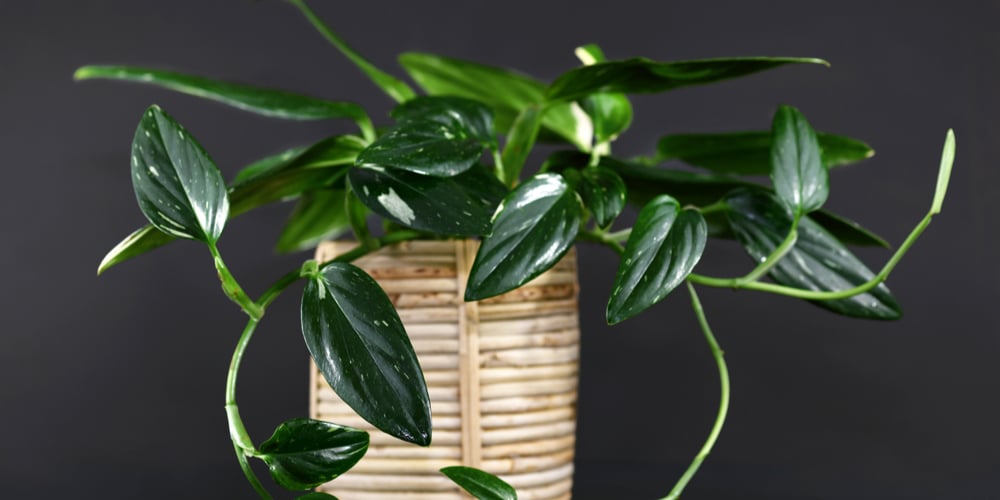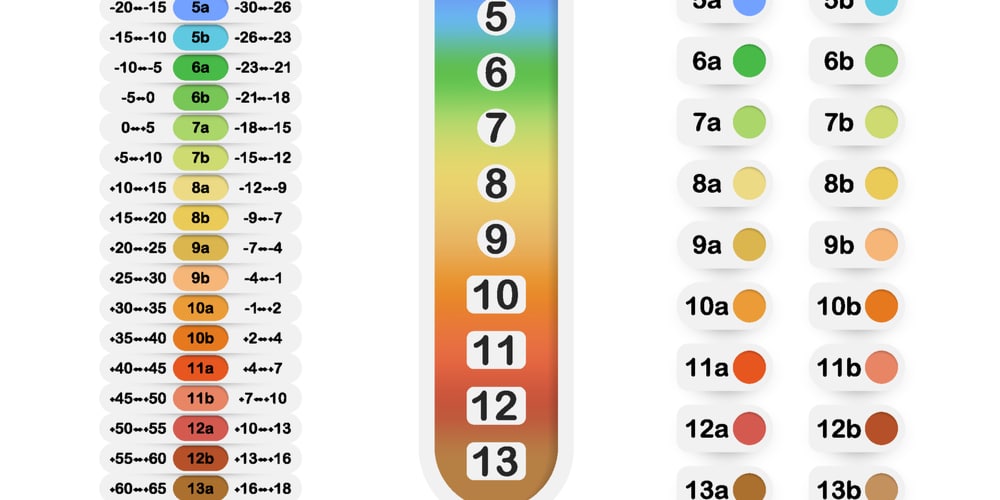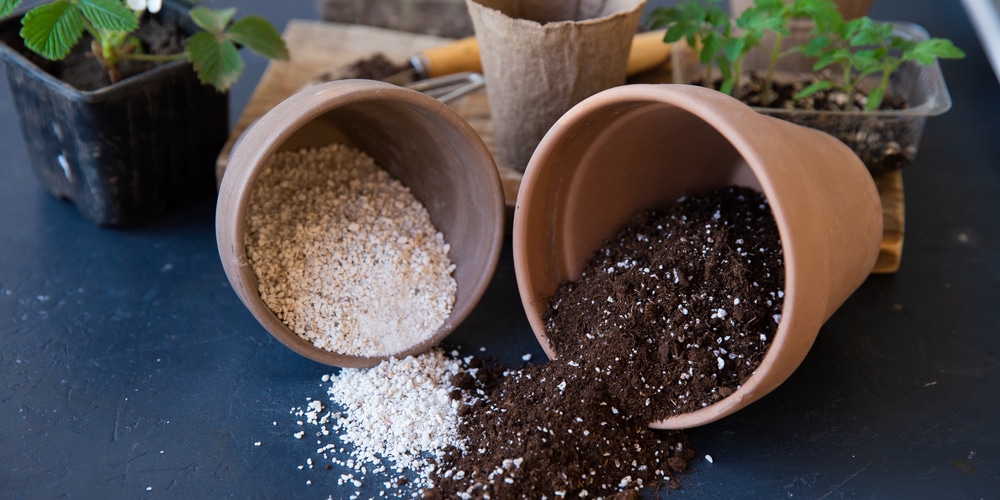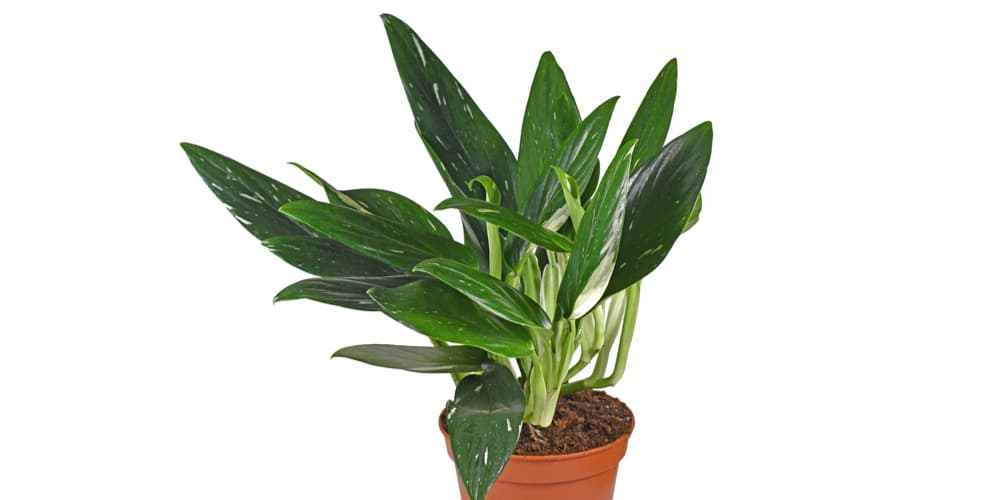When it comes to houseplants, Monsteras are a popular variety. You can see them everywhere, even on social media, where plant lovers flex them. Try asking a plant lover to recommend an indoor plant for you and the name Monstera is the first one you will hear of. Monsteras are known to be low maintenance and are everyone’s favorite because of their exotic look. Their vibrant green color will instantly lighten up your dull interior, making it look like a mini jungle.
There are 45 different species of Monstera, and although Monstera Deliciosa is the most favorite one, another Monstera deserves a pot inside your house: Monstera Standleyana. This Monstera is also low-maintenance and can be grown indoors or outdoors. Even though Monsteras are easy to care for, there are people who still struggle to keep their Monsteras alive. If you’re looking for tips and techniques to grow and not kill your Monstera Standleyana, consider your search done! Below is everything you need to know about Monstera Standleyana and how to care for this plant.
The Monstera Standleyana Plant
Before you grow a plant, it is important that you know some basic information about it. This knowledge can give you ideas on what the plant might need in order to thrive. Below is some information about the Monstera Standleyana Plant.
Origin
Just a little bit of history. Monstera Standleyana was first described by G.S. Bunting in 1967. They are tropical plants native to Central and South America, but because they are easy to grow, they have now taken over entire America. Some Monstera lovers would even say that your Monstera plant collection would not be complete without the Monstera Standelaya. This plant is native to Honduras, Costa Rica, Nicaragua, and Panama.
Appearance
The Monstera Standleyana are rare exotic plants, especially the Albo Variegata (the one with white spots) and the Aurea (the one with yellow spots). Many confuse them with the Philodendron plant because they look the same. This is the reason why Monstera Standleyana is also called the Philodendron Cobra and Philodendron Standleyana. Other names for this plant are Five Holes Plant and Albo Variegata. What differentiates this plant from its family is its long and narrow green leaves that are oval in shape.
Growth Habits
Monstera Standleyana, just like any Monstera, grows by climbing up a stake or by trailing over its pot. It is a vining plant and bears flowers that are white in color. They have both ground roots and aerial roots. The underground roots require a spacious place for the plant to fully grow. If you grow them indoors, this plant can reach up to 3-5 feet. But if you support the need for this plant to climb freely, it can grow up to 20 feet. Its leaves are 5-9 inches long and 4 inches wide, and they grow in an alternate pattern.
Toxicity
Any part of Monstera Standleyana are toxic because they contain insoluble calcium oxalate crystal. When eaten, they can cause mild to dangerous symptoms such as vomiting, diarrhea, and nausea. You should keep this plant away from your children, cats, and dogs. This is why many plant lovers choose to grow them in hanging pots or planters. First, they are free to crawl or climb, and second, they are away from your pets and kids. If eaten, you can wash away the toxic with milk, but if shortness of breath occurs or the symptom seems dangerous, you should immediately seek a medical professional or take your kid to the hospital.
How to Plant Monstera Standleyana
Monsteras are easy to grow. This is why they are usually recommended for beginners or those who have full-time jobs but want to decorate their rooms with something green. However, simple mistakes or neglect in the planting process can harm the Monstera and disrupt its growth. Below are some tips on how to plant a Monstera Standleyana for it to grow optimally.
USDA Climate Zone
Before you purchase a Monstera Standleyana or plant one in your garden, make sure to check the USDA Hardiness Zone first and see if this plant is hardy in your zone. If it cannot withstand the average minimum temperature in your region during the winter season, then caring for one will be a worthless pursuit. It will eventually die when the air temperature drops to zero degrees F. MONSTERA STANDLEYANA IS HARDY TO ZONES 9A TO 11B. This means that the lowest temperature that it can withstand is up to 20 degrees F only. This makes sense since this Monstera is a tropical plant.
Planting Time
The last frost date for Zone 9 is February 6-28. This means that the best time to plant Monstera Standleyana is after these dates, which is during springtime.
Spacing
When the roots have more space to grow wider, this plant can fully grow up to 20 feet. Choose a container that is at least 10 inches deep and has a diameter of somewhere between 10 and 20 inches. Take note of the space they need if you plan to decorate them in your garden along with your other plants.
Soil
Monstera Standleyana thrives in well drained soil. A well-draining soil drains water not too slow nor too fast, but moderately. Avoid planting them in compacted, sandy, or dry soil because this soil type is suffocating and will not allow oxygen to reach the roots. To achieve a well-draining soil type, you can mix 2 parts of regular soil, 1 part fine orchid bark, and 1 part coarse sand. A soil that is rich and organic drains really well.
Light
Monstera Standleyana is a tropical plant, which means that it loves sunlight, but keep in mind that too much direct sunlight can burn its leaves. Place the Monstera Standleyana in a place where it’s bright but not directly exposed to the heat of the sun, somewhere partially shaded. Monstera Standleyana needs indirect sunlight to live.
How to Care for Monstera Standleyana
Monstera Standleyana is also easy to grow. They are low-maintenance as long as you give them the environment that they demand. If you follow all the planting requirements above, caring for them should be easy. Below is some information that can help you properly care for Monstera Standleyana.
Watering
This plant needs to be watered properly and generously. To know when it’s time for watering, stick your finger in the soil. If the top two inches of the soil are dry, then its time to water the Monstera Standleyana.
You have to wait for the top two inches to become dry because only then are you allowed to water the Monstera. You can water it once when it’s cold and up to three times if the weather is too hot. Prevent the soil from drying out but avoid the roots being soaked in water because it can lead to root rot. If the soil needs more draining capacity, you can add holes at the bottom of the pot for moderate draining.
Temperature
Because this Monstera came from regions with a warm climate, it prefers a warm temperature. Not too hot nor too cold is the required air temperature. MONSTERA STANDLEYANA THRIVES IN AN ENVIRONMENT WITH AN AIR TEMPERATURE THAT IS SOMEWHERE BETWEEN 65 DEGREES AND 80 DEGREES F. You can easily achieve this temperature indoors by just adjusting the room temperature in your house.
Humidity
Monstera Standleyana plants prefer moderate to high humidity. For the plant to grow lush green leaves, the humidity level must be between 55 and 80%. A warm but humid environment is difficult to achieve, but there are techniques to help you out. You can mist your plant by spraying the leaves with water using a spray bottle, or you can place a humidifier near it, but not too close.
Fertilizer
Monstera Standleyana is a tough plant and doesn’t need fertilizer to thrive. Rich, organic soil is enough to supply nutrients and feed this plant. If you want to put fertilizer into the soil to aid the growth process of the plant, you can do so, but only thrice a year. Avoid fertilising in the winter.
Pruning
You can trim the Monstera Standleyana if you have a size and shape to maintain, but if none, the only time you need to prune the plant is when its leaves start to show signs of decay or infection. Pruning will keep the Monstera Standleyana looking healthy. If the leaf turns yellow or brown or if it develops brown spots circled with yellow, it is better to just remove this leaf to avoid further spread of the infection. The same rule applies to the stem.
Propagation
Spring is the best time to propagate Monstera Standleyana and this can be done by steam cuttings or separating the roots. If you use the root division method, carefully remove the plant from the pot and shake the remaining soil before separating the roots with the use of sterilized pruning shears. If you want the stem cutting method, use sterilized pruning shears and cut a six-to-seven-inch stem that has at least two leaves. This stem can be cultivated in water for it to easily develop roots.
Final Word
The Monstera Standleyana plant is a great addition to your Monstera plant collection. They are easy to grow and require minimal maintenance if you just provide them with the environment that they prefer. It is easier to grow a Monstera Standleyan indoors than outdoors because you can easily control the light, temperature, and humidity inside your house according to how this plant likes it to be. If you are a beginner who wants to decorate your room with something green, Monstera Standleyana makes a perfect houseplant.
Related article: Is Monstera really a Philodendron?



